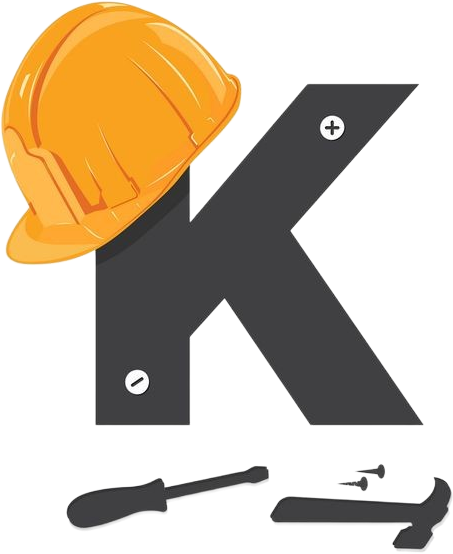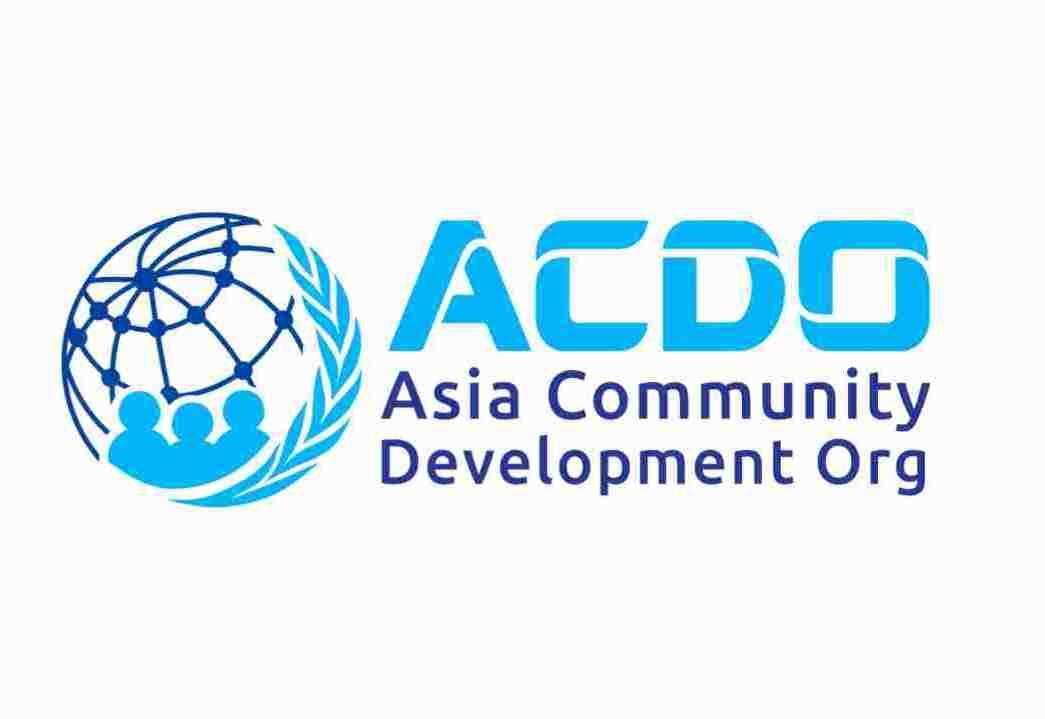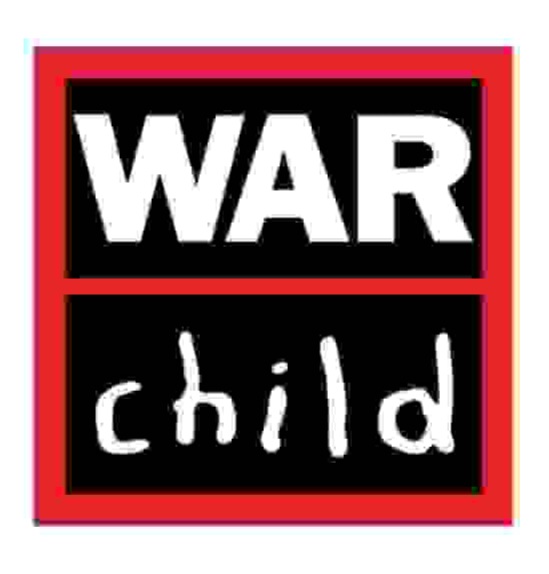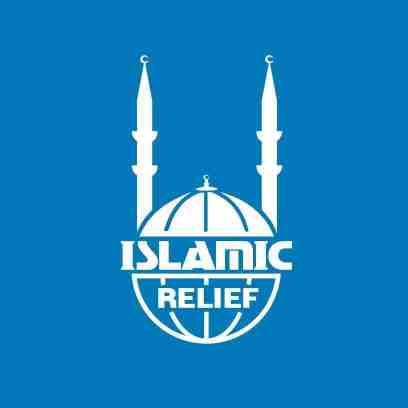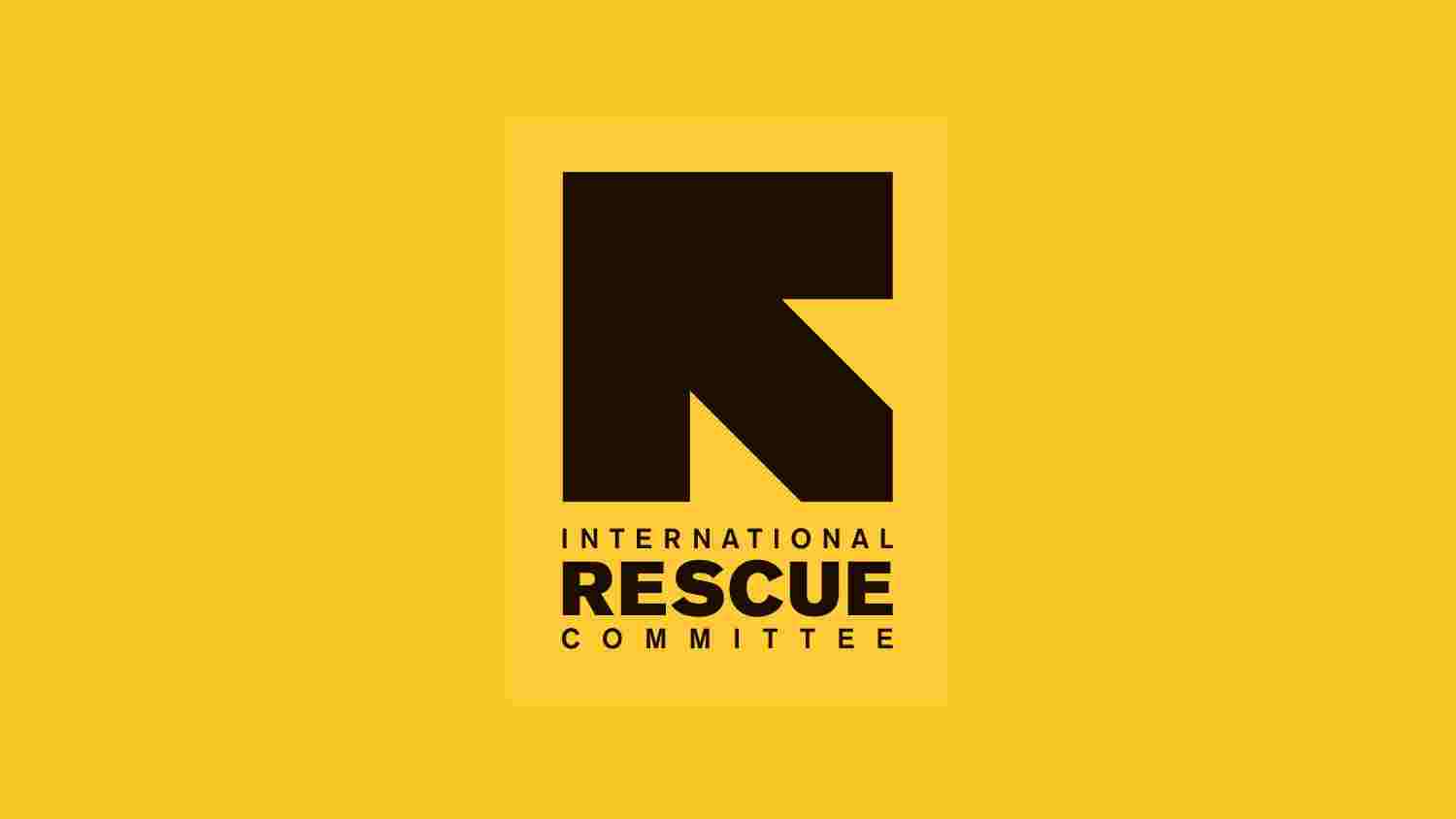Job Overview
The Liaison / Community Mobilizer is responsible for serving as a key link between the project and the communities where activities are implemented. The role focuses on enhancing community participation, safety, and well-being through effective coordination, engagement, and protection-sensitive programming.
Duties and Responsibilities
Coordination and Liaison
- Build and maintain strong relationships with community leaders, local committees, and relevant stakeholders to foster trust and collaboration.
- Represent WAW in coordination meetings with local authorities, partners, and community structures.
- Support project implementation by facilitating communication between the community and project teams, addressing challenges, and ensuring accountability to affected populations.
- Identify and refer protection-related concerns to appropriate service providers in line with established referral pathways and confidentiality principles.
Community Mobilization and Engagement
- Conduct community consultations and assessments to identify risks, vulnerabilities, and coping mechanisms.
- Facilitate inclusive community meetings to promote awareness of rights, available services, and community safety initiatives.
- Support the establishment or strengthening of community protection networks and committees.
- Promote inclusive participation of women, men, youth, and persons with specific needs in project planning and decision-making.
- Facilitate awareness and information sessions on protection, safety, and well-being in coordination with field teams.
- Ensure community feedback is collected, documented, and addressed appropriately.
Monitoring and Reporting
- Monitor protection risks and trends within target communities and provide regular updates to the Project Manager.
- Contribute to monitoring and evaluation activities by collecting field data, success stories, and feedback from participants.
- Prepare timely and accurate reports on activities, achievements, and emerging challenges.
- Support the development of lessons learned and best practices for community-based protection approaches.
